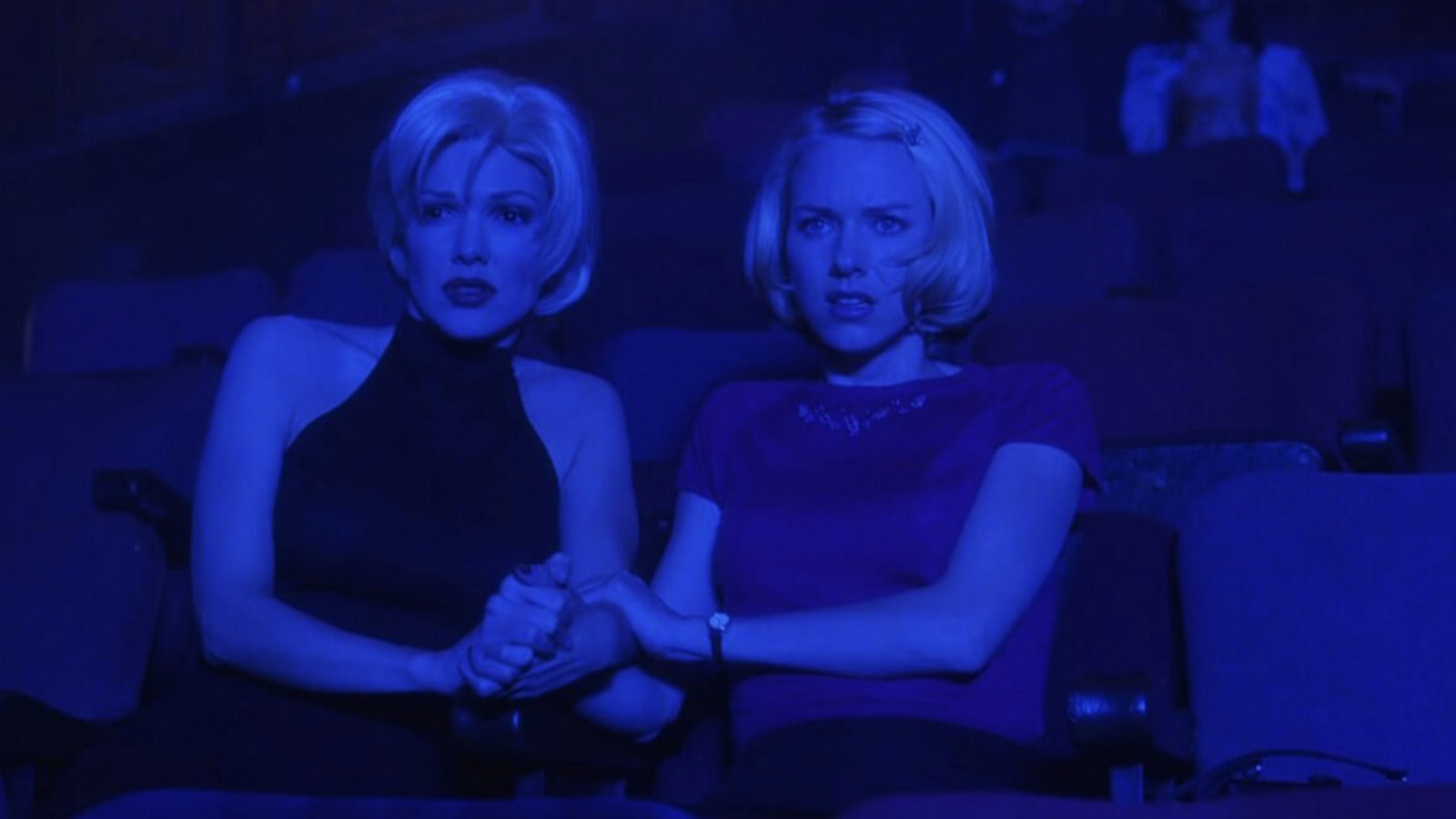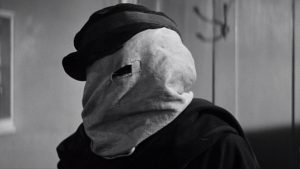
David Lynch’s Departure: The Insights He Offered Into His Work
By Bill Bria Jan. 17, 2025 8:07 pm EST
The recent passing of David Lynch on January 16, 2025, has highlighted the immense influence he had on numerous individuals. This impact is quite surprising given the unique and often perplexing nature of his films, along with Lynch’s unapologetic attitude toward his distinct artistic vision. As a true artist, Lynch managed to both confuse and fascinate audiences, standing out as a quintessential American surrealist.
While audiences may be accustomed to the surrealism of European directors, Lynch’s work does not afford them the luxury of distancing themselves through cultural unfamiliarity. His filmography is rich with quintessential images of Americana—the rustling of Douglas Firs, the aroma of hot coffee and cherry pie wafting from a quaint diner, all instantly recognizable to American viewers. Yet, Lynch had a talent for subtly distorting these familiar symbols, illuminating the underlying menace and hidden secrets behind every idyllic Hollywood façade.
One of the widely circulated anecdotes about Lynch comes from an interview with David Lean at BAFTA, where he referred to “Eraserhead” as his “most spiritual film.” When asked for further clarification, Lynch refused, embodying his characteristic approach to discussing his work. This anecdote exemplifies his general reluctance to decode his films, favoring instead that viewers interpret his creations according to their perspectives.
While this is not an uncommon stance for a director—many, like Brady Corbet, skirt interpretation questions—Lynch’s commitment to viewer interpretation remained steadfast throughout his career, with a few notable exceptions. Delving into Lynch’s authorized supplementary materials reveals important insights into his enigmatic creative process. His books, particularly “Room to Dream,” and behind-the-scenes footage from projects like “Inland Empire” and “Twin Peaks: The Return,” provide glimpses into his artistic intentions.
However, the most significant key to understanding Lynch might lie in a flyer he personally crafted for the “Mulholland Dr.” DVD. Titled “Mulholland Drive: David Lynch’s 10 Clues to Unlocking This Thriller,” it serves as a compelling gateway into his work, raising intriguing questions about his motivations.
Why Lynch would offer clues to “Mulholland Dr.” specifically is perplexing. Footage from the 74th Academy Awards captures Roger Ebert asking Lynch how many roles Naomi Watts plays in the film, to which Lynch humorously deflected. This evasion adds to the mystery, as does another clip where Lynch expresses his appreciation for cinema and emphasizes the value of viewers’ diverse interpretations over his own.
During the production of “Mulholland Dr.,” Lynch’s career faced challenges. The film began as a pilot for Touchstone Television and ABC, after Lynch sought to replicate the success of “Twin Peaks.” Despite past successes, he encountered setbacks with previous works, including “Twin Peaks: Fire Walk With Me” and “Lost Highway.” After “Mulholland Dr.” was rejected for television, Lynch transformed it into a feature film, which ultimately received acclaim at Cannes in 2001 and achieved box office success later that year.
A plausible explanation for the clues document is Lynch’s desire to engage with his audience during a precarious point in his career. Yet, Lynch maintained substantial control over the film’s release, even directing specific projection methods in theaters and insisting the DVD lacked chapter breaks, compelling viewers to experience the film as a continuous work. Thus, the clues are not an admission of public demand but rather an intentional part of the film’s intricate puzzle.
For those unfamiliar with the “Mulholland Dr.” clues, they aren’t just straightforward hints regarding the film’s complex narrative. Lynch’s prompts urge viewers to notice specific details: references to a red lampshade, the name of the film for which Adam Kesher is auditioning, and the significance of key moments at Club Silencio. These clues are presented in his signature style, blending simplicity with an enigmatic quality that invites further exploration.
Debates surrounding the interpretation of these clues flourished across message boards, with audiences expressing their differing thoughts on what they all signify. The early 2000s marked a time when filmmakers effectively used physical media to deepen the audience’s engagement with their films. Lynch’s clues for “Mulholland Dr.” serve as his contribution to this approach—offering further questions disguised as answers.
Ultimately, the clues document became a valuable gift to Lynch’s fans, prompting deeper reflection and inquiry, aligning perfectly with his artistic philosophy. While some may perceive ambiguity as a flaw, they may overlook the profound appeal of mystery in art. Lynch understood that art extends beyond a fixed resolution, offering new dimensions and insights upon each view—his work remains infinitely layered.
Despite his passing, David Lynch’s artistic legacy endures, inviting exploration and introspection. His films urge us to seek out new meanings and unlock dreams, ensuring that he continues to live on through the imaginations of those inspired by his work. Lynch gave us the keys to his labyrinthine worlds, enabling us to discover new revelations about ourselves and the nature of art itself.




